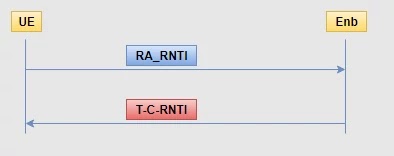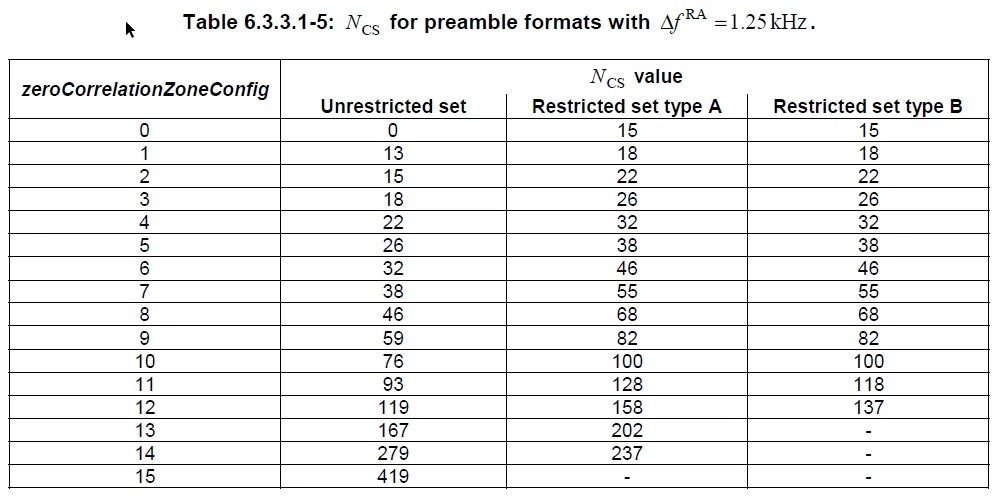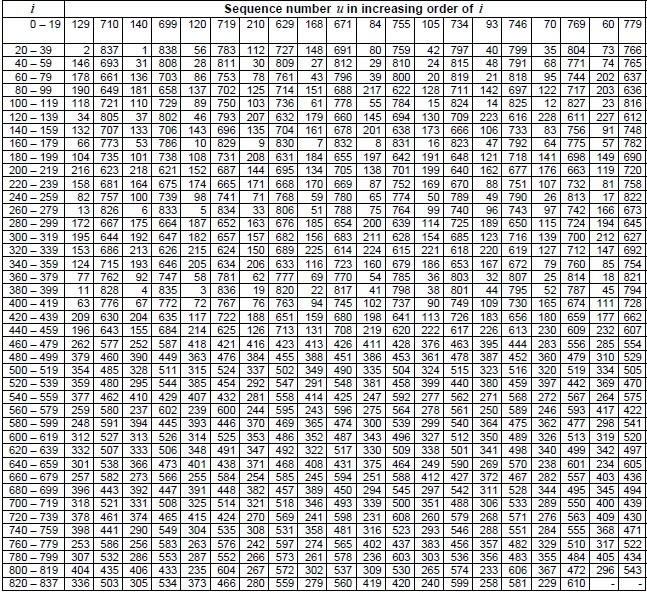RAP(Random Access
Procedure)
Random Access procedure is essential part of for LTE protocol communication and used for getting the grant of Uplink resources for sending RRC message first time so that UE will attached to Network. So Here I tried to provide you RAP step wise step.
RA Procedure Messages with Timers
1.
UE MAC(refer Ans 1) select a preamble out of the
available 64 preamble randomly(0-64) either contention based or Non contention
Based.
2.
UE MAC gives this preamble to UE physical
for dispatch.
3.
UE MAC tells UE physical about which PRACH resource(refer Ans 23) should be used for preamble sending.
4.
UE Phy transmit the preamble on the
selected PRACH resources.
5.
Before Transmission UE physical calculate RA-RNTI (refer Ans 36).
6.
eNB physical received preamble on PRACH
resource and calculate RA-RNTI first.
7.
eNB phy forward the preamble to eNB MAC.
8.
eNB MAC allocate UL resource for the UE and
this information forwarded to UE.
9.
eNB MAC prepares a message called
RAR(Random Access Response) with the following detail:
a.
Preamble ID
b.
PUSCH PRB
c.
T-C-RNTI
d.
Timing Advance
RNTIs
10. This
RAR must be sent to UE on PDSCH channel by reserving PRB.
11. eNB
MAC allocate a PRB for the UE on PDSCH and gives these details [RAR+PDSCH PRB]
to eNB physical.
12. First
eNB phy have to send the PDSCH PRB reservation detail to UE on the PDCCH
channel against RA-RNTI.
13. eNB PHY pack RAR info on PDSCH PRB and
transmit it.
14. UE
PHY always listening to PDCCH to get to know that there is any PRB allocates
against his RA-RNTI on PDSCH.
15. UE
PHY download the specified PRB and decode the info and send it to UE MAC.
16. UE
MAC received RAR which contain many detail .
17. UE
MAC verify the preamble id if matched than UE MAC decided to send “msg3”.
18. “msg3”
is nothing but a RRC connection request message.
19. UE
MAC send msg3 to UE PHY along with PUSCH PRB used for transmit.
20. Also
MAC tells physical layer about how much timing advance must be applied before
Tx.
21. UE
PHY Tx “msg3” by coding into PUSCH PRB indicated.
22. eNB
PHY received this and send to eNB MAC.
23. eNB
MAC will perform the below task:
a.
Send ACK in the name of CRI(refer Ans 19) to UE that I have received msg3.
b.
Send msg3 to higher layer.
24. eNB
reserve a PRB for the UE on the PDSCH against T-C-RNTI to send CRI and send it.
25. UE
MAC compare the CRI received with Tx msg3, if equal than RAP is successful
otherwise failed.






















